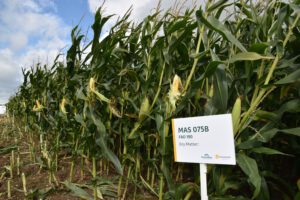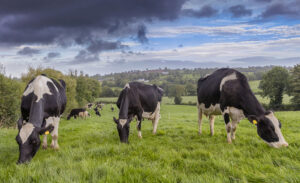Early nitrogen is beneficial for spring growth, but timing is critical. Due to the high cost and environmental concerns, it’s important to avoid wasting nitrogen. Always check the weather forecast before applying any nitrogen, as heavy rainfall will reduce the uptake and increase risk of run off. Additionally, nitrogen should not be applied when soil temperatures are below 5°C, as plants will not absorb it effectively. Ensure that soil conditions are suitable for travel to prevent damage to soil structure and the formation of ruts.
When applying high levels of nitrogen target areas of the farm that have the highest level of perennial grass and areas with good soil index and lime levels as this will give you the best return on your application.
When spreading slurry it can be easy to get carried away with high application rates of 3000 gallon per acre or more. However, this can lead to runoff. It is more beneficial to apply two splits of slurry at lower rates and no more than 2500 gallon an acre.
Consider using liquid nitrogen instead of bagged nitrogen. Liquid nitrogen contains three types of nitrogen (UAN):
- Urea
- Ammonium
- Nitrate
This allows for it to readily enter the soil and is stabilised, reducing the risk of ammonia loss compared to Urea.
Trials have shown where the same KG/N in urea/CAN/Liquid N that liquid nitrogen has had 600Kg/Ha more of grass with more growth per day dry matter.
For more information on liquid nitrogen contact your Drummonds Representative.



